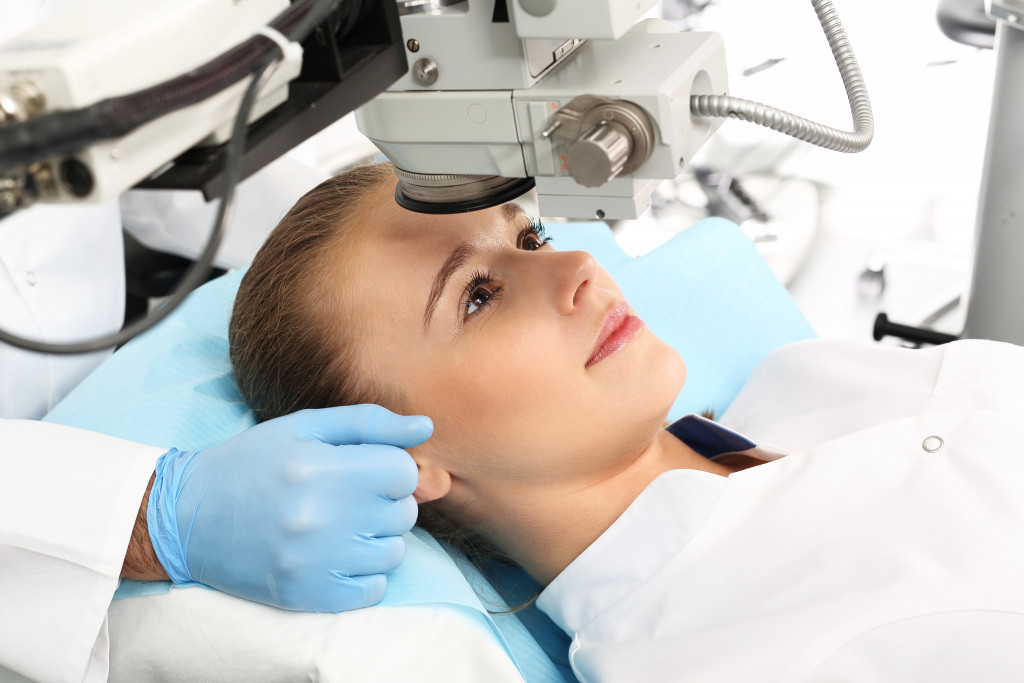Disclaimer: This website provides health information for educational purposes only and is not a substitute for professional medical advice, diagnosis, or treatment. Always seek the guidance of a qualified healthcare provider with any questions you may have.
- Improvements in healthcare are continuously making strides in providing better patient care.
- Medical provider assistants are helping medical professionals more accurately diagnose and treat patients.
- Getting a consultation is now much more accessible, thanks to the advancement of telemedicine.
- Innovations have helped with the visibility of other healthcare fields, boosting overall patient care.
Technology has revolutionized how medical professionals diagnose and treat patients in the healthcare industry. Now, cutting-edge medical technology is helping doctors improve the accuracy and efficiency of patient care. And by utilizing modern practices, medical professionals can provide better health outcomes for their patients.
By staying up to date on the latest advancements in healthcare technology, everyone can be a part of the revolution. Which medical technologies are making a difference? Here are some of the most significant improvements to know about.
Medical Provider Assistants
Before, medical providers relied on their knowledge to diagnose and treat patients. But with the development of medical provider assistants, they now have access to a broader pool of data and information to make more accurate decisions. These come from algorithms programmed to consider all the latest medical research and synthesize it into an actionable plan. Some of the most popular medical provider assistants include the following:
Artificial Intelligence (AI)
AI is being used to improve diagnosis rates of rare diseases and other medical conditions that are difficult to identify using traditional methods. AI algorithms can quickly analyze medical data such as images, X-rays, lab tests, vital signs, and past medical records to identify patterns that may indicate a particular disease or condition.
Additionally, AI-enabled systems can help physicians make decisions about treatments by providing evidence-based recommendations tailored specifically to each patient’s needs. This improves accuracy and safety, as well as reduces the amount of time it takes to diagnose and treat patients.

Robotics
Robotic surgeries are becoming increasingly popular due to their accuracy and precision. Robots use robotic arms with cameras attached to them to perform operations with minimal invasiveness, allowing for quicker patient recovery times. For example, surgeons can use robots to make incisions as small as 1 millimeter—far smaller than a human surgeon could achieve by hand. This results in fewer complications during surgery and less scarring after the procedure is complete.
With this technology, doctors can operate on organs located deep within the body without making large incisions, reducing trauma and the risk of infection. Thus, helping to improve patient care by providing a less invasive and more precise alternative to traditional surgical procedures.
Health Information Cloud Systems
Cloud-based systems have revolutionized the way medical professionals store and access patient data. By utilizing cloud storage, doctors can securely access a wide range of patient information from any device at any time. This makes it much easier for medical teams to coordinate care, as they can access all the necessary information quickly and accurately.
Administrative Applications
One of the most common struggles of medical professionals is keeping up with administrative tasks, such as scheduling appointments, sending reminders to patients, and managing insurance claims. But with administrative applications, all of this can be done quickly and efficiently. These apps streamline the administrative process, allowing medical professionals to devote more time and energy to patient care.
Consultation
The rise of telemedicine has allowed doctors to provide care remotely through video conferencing or phone calls from anywhere in the world. This eliminates the need for patients to travel long distances for consultations or treatments—saving both time and money—and has enabled access to healthcare services for people living in rural areas who may not have easy access to a doctor’s office or hospital nearby.
Telemedicine allows doctors from different locations to collaborate on complex cases more efficiently than ever before. Using these technologies, medical professionals can improve the health of patients around the world.

Specialized Care
Health encompasses a wide array of specialties, but people often take them for granted since they are not always easily accessible. With the introduction of technology in various medical fields, specialized care is now more accessible than ever.
The most often forgotten health field is dental care. Finding a reliable dentist used to be tedious, but with the development of digital dentistry solutions, patients can now emphasize their oral wellness. And with modern booking solutions, finding a trustworthy oral care provider is now as easy as a few clicks.
The same goes for other specialty health fields, such as physical therapy and mental health care. Specialized innovations enable patients to receive more targeted treatments for their specific needs, resulting in better healthcare outcomes.
These are just some of the advancements in healthcare technology that have made patient care more efficient and effective. With the help of technology, achieving better health outcomes is now within reach. As technology continues to evolve, the possibilities for improving patient care will become endless, making healthcare more accessible and effective for everyone.

